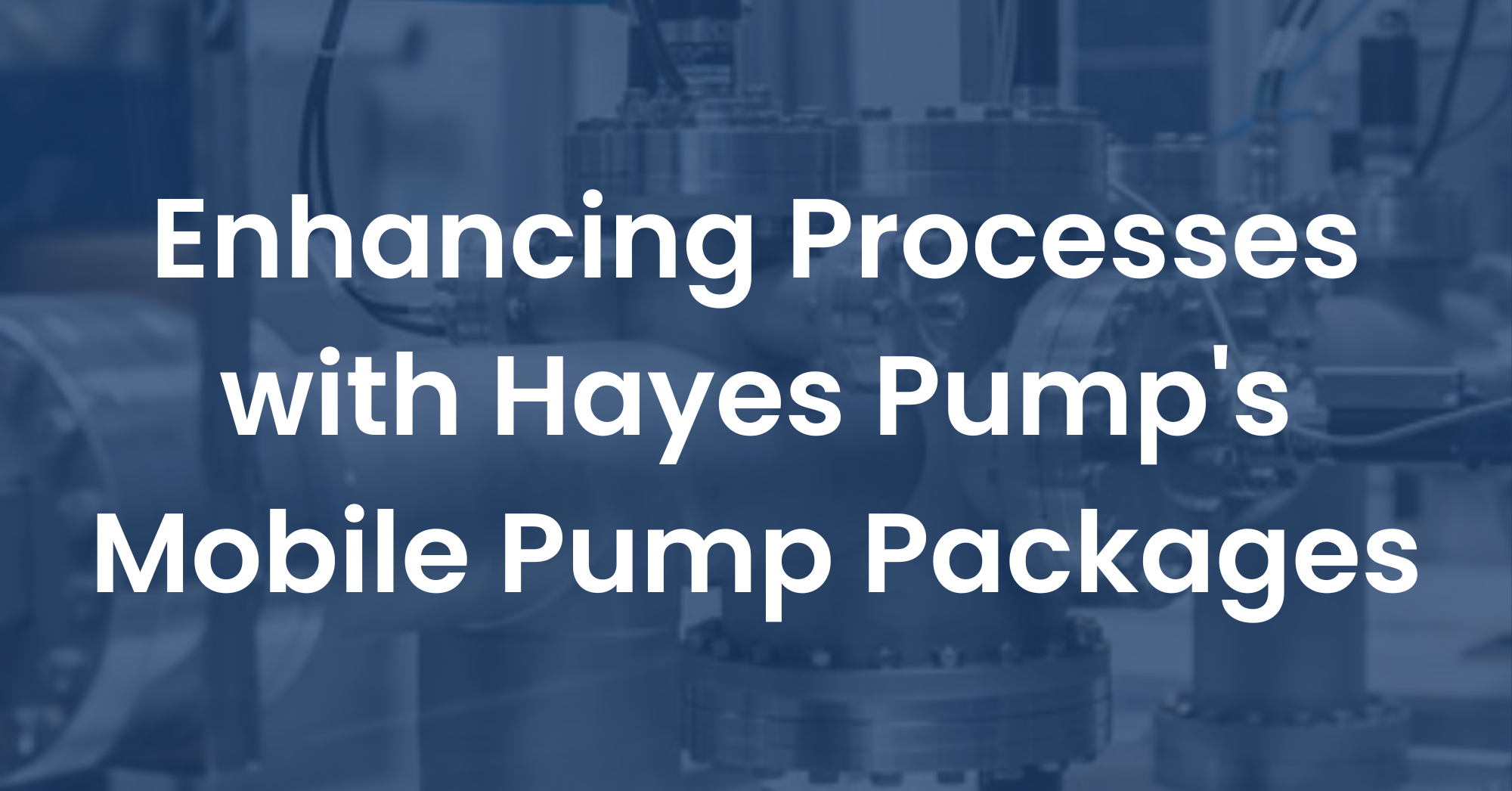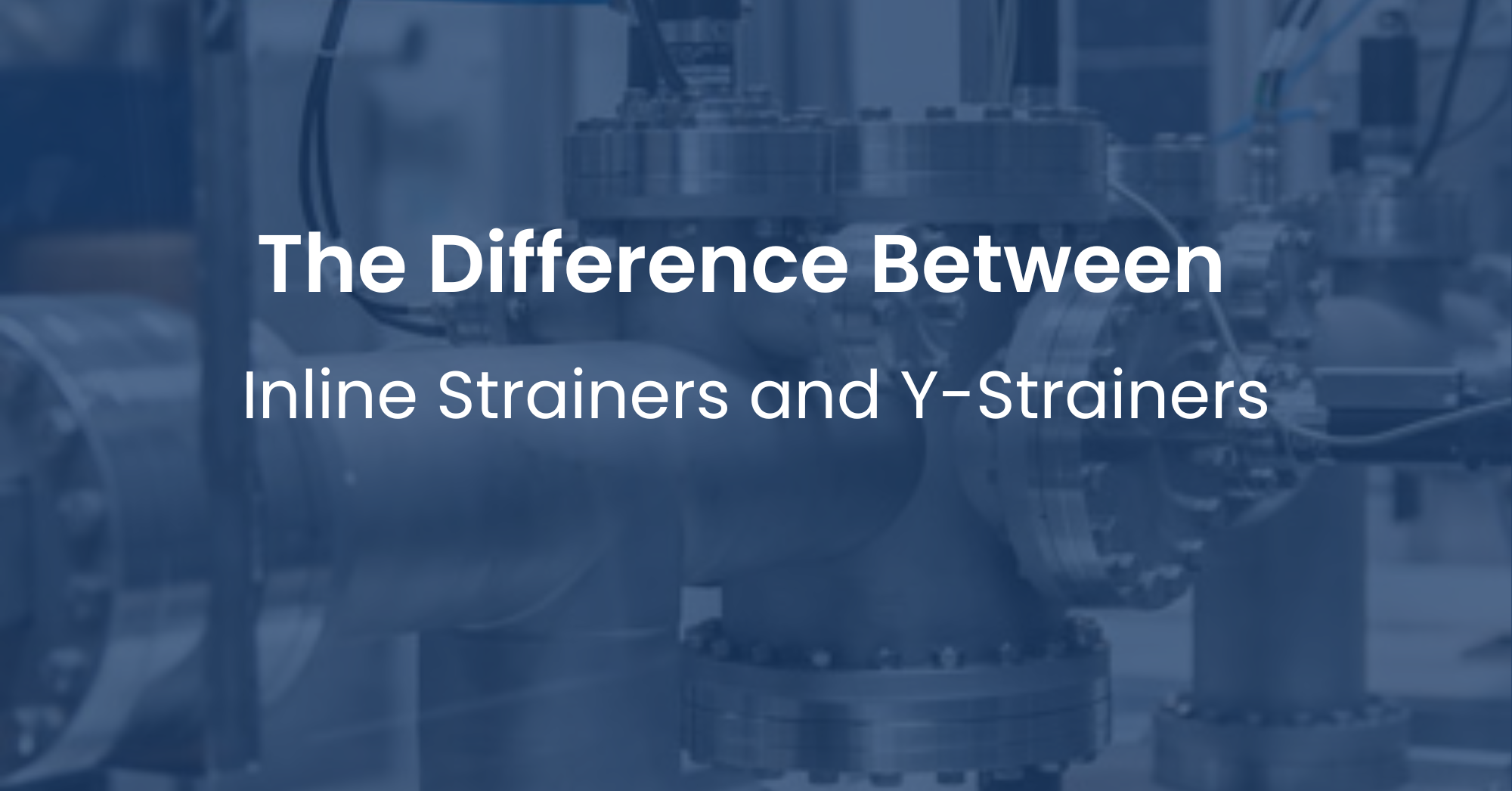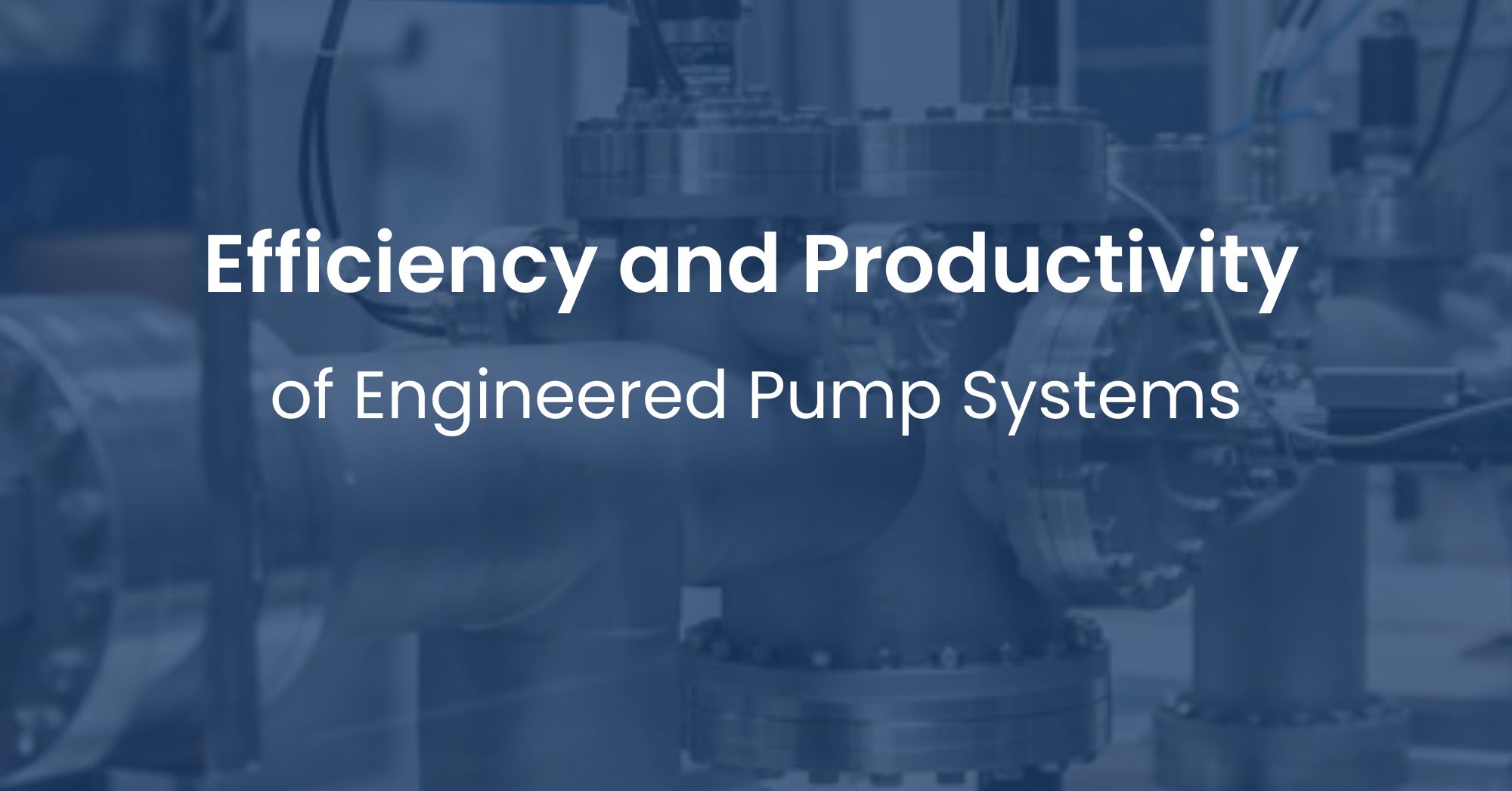Enhancing Processes with Hayes Pump's Mobile Pump Packages
Mobile pump systems are often self-contained units that can be easily moved to where needed. While mainly used for transferring water, they have various commercial, industrial, and municipal applications. Some mobile pump systems can handle fluids other than water. They are commonly used for firefighting, draining water, and flood protection. Additionally, they can benefit processing applications involving different fluids, such as in chemical plants, distilleries, microbreweries, and restaurants for oil and fat collection. These portable pump systems offer flexible solutions compared to stationary pumps, ensuring reliable fluid transportation.





-2.png)
-Jun-10-2024-07-59-18-9056-PM.png)

-1.png)
-Apr-05-2024-05-47-54-5422-PM.png)

-4.png)

-3.png)